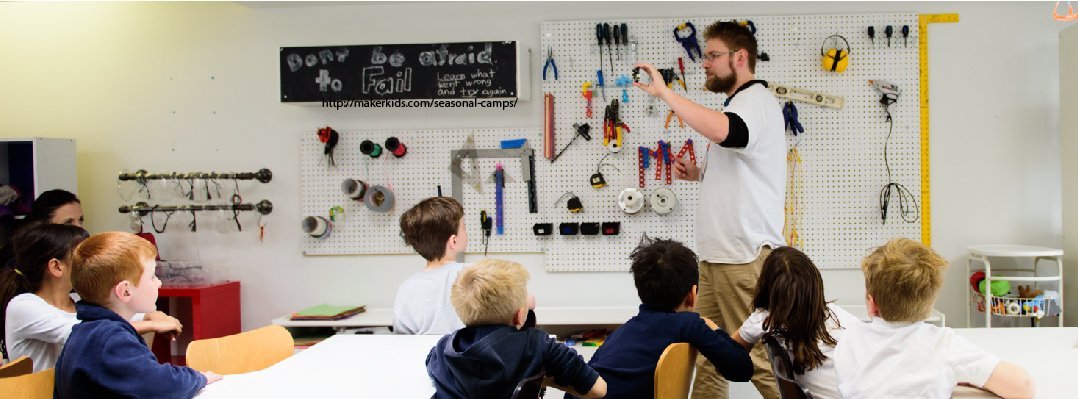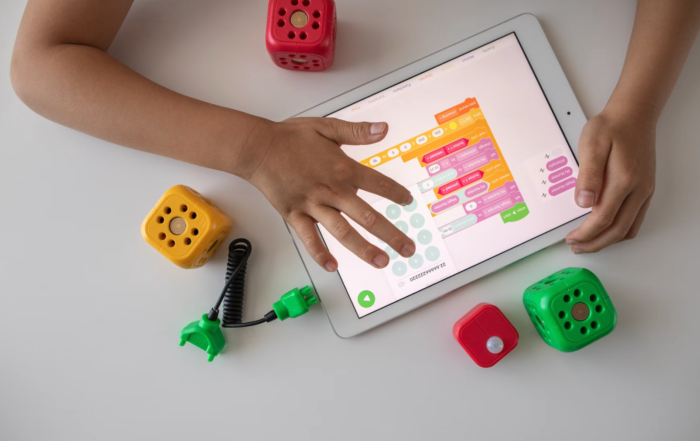With the spread of COVID-19, many schools have had to change the way they teach to keep educating students. For many, this has met the extension or creation of online classes. While some teachers may have taught remotely before, many other teachers are taking a crack at it for the first time.
If teaching remotely has you wondering where to start and how to make it a success for everyone involved, here are some tips as we all navigate through these uncertain times.
Have Your Plan & Syllabus Ready
Have your syllabus and materials ready well before the class begins. This will allow students the opportunity to see what’s expected of them and ask questions ahead of time. By making your syllabus available, you can also be more prepared and make the lessons as interesting as possible. Remember, you can’t rely on the learning environment a traditional classroom offers. That’s why being as prepared as possible will benefit everyone involved.
Get Used to the Technology Early
No matter what technology you’re using, Google Classroom, Zoom, or another platform, get familiar with the technology well before the class starts. Make sure your internet connection is solid and you know what you’re doing (or at least partially!).
Your students will likely have questions about the technology. So, if you don’t know what you’re doing, you won’t be able to answer their questions very well.
Set Up a Productive Workspace
Without the right workspace, you’re setting yourself up for failure. Prepare a quiet space in your home with minimal distraction. No television or children around while you’re teaching is usually a good place to start. You want to make sure your students get the most out of the experience.
Set Realistic Expectations
Teaching remotely is not like teaching in a classroom. The sooner you realize that and accept it, the sooner you’ll be able to set realistic expectations for yourself and your students. If you’re recording videos, many teachers may get self-conscious about how they look in a video or the quality of their video. As long as the information is getting out there and students are responding positively, you shouldn’t worry about the other stuff.
Give your students time to adjust to their new way of learning. Be flexible in the beginning so they can get used to the flow of their new way of learning. There’s going to be a curve for everyone. Let them find their way.
Communicate with Students Regularly
Whether it’s through online chatting, virtual office hours, or phone conversations, communicate with students regularly. This gives them the chance to ask any questions and not fall behind. It also gives you a chance to see what’s working and what’s not. Besides the basic mechanics of the class, it will let everyone have a basic conversation and check-in, which is something we all need during these times of self-isolation.
Motivate Your Students
It can become easy for students to get bored or unengaged with online classes. To keep students motivated, you may want to offer incentives for active online participation or extra credit on assignments. You also want to have deadlines for assignments so that your students take it seriously. It should include everything your in-persons classes would offer.
Embrace it as a Learning Opportunity
If you embrace remote teaching as an opportunity and not as a chore, the experience will be much more enjoyable for everyone. Look for ways to make your class unique and for ways for your students to grow academically. Attitude is everything! See how you can grow as an instructor and watch how much better your classes become!
As we all get used to new ways of doing things during this time, lean on co-workers as well. The more people you have in your learning village, the better it will be for everyone.
Also Read
“Make” Your Child’s Summer with a MakerKids Camp
Summer camp season is almost upon us. Have you
How Coding Classes Can Lead to a Career in Coding
Often, children are asked the question, what do you
Digital Creativity Unleashed: Coding as a Creative Outlet for Kids
When children learn to code, they’re not only learning









